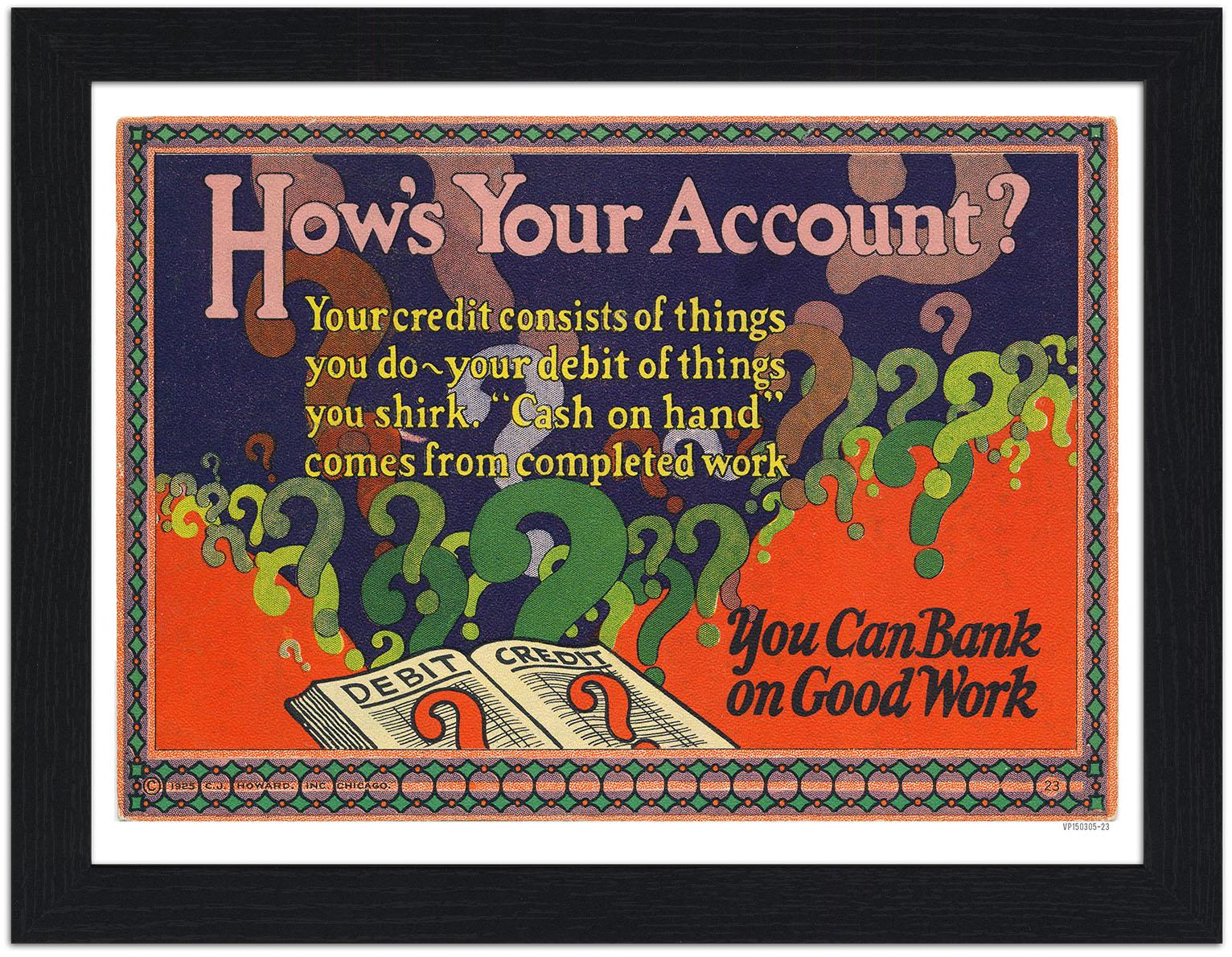
"The Klan put it all over its enemies," the New York Sun wrote. Journalists admitted that it surpassed expectations for size. The other attendees wore noticeably cheaper outfits and mingled with their families throughout the crowd. "There were men in white satin robes: they were the kleagles, dragons kilgrapps and other high officers in the various State units." "Thousands of white-robed figures, old and young, had congregated east of the Capitol, flaunting American flags and banners emblazoned with the mystic symbols of the Klan, long before the hour set for the unique parade," the Washington Evening Star wrote. But that doesn't mean it wasn't disturbing. Though locals were concerned about the city's safety during the demonstration, no violence occurred. For that reason, we say let them parade." "Ku-Kluxism is least harmful and menacing when the sun shines on it," the staff printed. "Darn! There goes a-glimmering the thrill of a lifetime," its editors wrote.Ī paper in Syracuse said that the Klan should be allowed to demonstrate, if only due to the fact that it would spread national awareness.

When rumors spread that the parade had been canceled, though, another Baltimore paper expressed dismay. "Oh say not so," said one in Maryland of the country "quivering in excited anticipation of 100,000 ghostly apparitions wafting through the streets of the national capital to the stirring strains of the 'Liberty Stable Blues.'"

Newspapers across the country reacted differently to the event: The "konklave" took place twice - 19 - and drew more than 50,000 marchers.

"The Commissioners could not discriminate between applicants for the right to use the streets for parading purposes, and their action in granting this permit was not only justified but required," a statement justifying the city's decision read. officials debated whether or not it was a good idea for them to give the marchers permission for their planned August 8 event, they eventually acquiesced - as long as participants didn't wear their signature masks. Its membership had topped 3 million and as Jewish and other European World War I refugees flooded in, the Klan was only gaining momentum for its nationalist message.ĭ.C. It was 1925, the height of the Ku Klux Klan's popularity. and the civil rights movement.īut there was another march - 40 years earlier - that history's forgotten, one with a much more hateful motive.

As was also true of their male counterparts, the African-American women who helped blaze some of jazz’s earliest trails had to innovate their way around additional roadblocks.When people talk about the March on Washington, they think of Martin Luther King Jr. Buffeted by sexism from venue owners and record companies in the United States, they often went abroad to pursue careers in Europe or even Asia. Prevented from taking center stage, many female instrumentalists became composers, arrangers or artists’ managers. But in fact they were continuing a tradition that had begun in the vaudeville years and continued, albeit to a lesser degree, in jazz’s early decades. During World War II, right in the heart of the swing era, all-female bands became a sensation, filling the void left by men in the military. While we’re often taught to think of jazz’s history as a cavalcade of great men and their bands, from its beginnings in the early 20th century women played a range of important roles, including onstage. But this isn’t an entirely new development. Young, female instrumentalists have been establishing a firmer footing in jazz, taking some of the music’s boldest creative steps and organizing for change on a structural level.


 0 kommentar(er)
0 kommentar(er)
